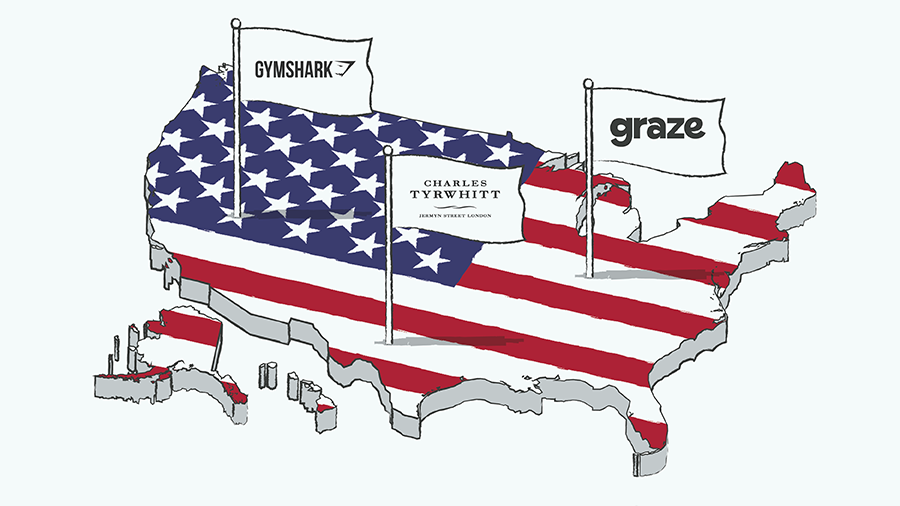
However, many UK firms have struggled to get it right. Tesco’s early-century attempt to break the American market with Fresh & Easy may be the most infamous example. Despite being at the height of its success in Britain, its American adventure ended in a multibillion dollar flop.
But there are many others that failed to gain traction there, or had to retreat across the Atlantic with their tails beneath their legs, including The Body Shop and HMV.
These are or were strong companies with successful brands, but in each case something got lost in translation. What worked in the UK didn’t work across the pond.
So what does it take to get it right?
Do your homework
The USA is not like one country, in the way Europeans understand it. Each state is unique, with its own laws, demographics and often market dynamics. Wyoming has fewer people than Leeds in an area bigger than the UK; on the other end of the scale, California’s economy is nearly as large as Germany’s.
At the same time, don’t let our common language fool you: American culture, including its business culture, can be quite different, and a lifetime watching US films and TV doesn’t make you an expert in it.
Succeeding in America requires understanding all these differences and how they affect your chances.
Know when to adapt
Some brands have done very well in the US by leaning into their Britishness. Charles Tyrwhitt wears its British identity on its sleeve, and has used this to successfully establish a fast-growing retail presence in the US. It now has 12 stores there, having opened its first in 2002, alongside 34 in the UK.
In other cases, it’s necessary to adapt to match local preferences. For example, Graze had a very successful launch into the US, after seeing a gap in the market for its brand of healthy snacks. It launched in all 50 states simultaneously, but only after doing assiduous market research.
In some cases this meant rejigging its flavours and language for American tastes. Mixed nuts did well; mango chutney, it turns out, not so much.
Bring in local talent
Often the best way to do your homework is to bring in people who already know the answer. This can be by hiring key executives from the USA, or who have taken British brands there before.
Sometimes, as in the case of tech companies like Darktrace, with a highly international potential client base, this means recruiting from and basing some of the leadership team in the US. Similarly we built a board for Gymshark to accelerate their US ambitions and have previously recruited both US and UK talent with US experience to accelerate the ambition of UK brands wanting to make the leap.
Sometimes companies think it isn’t necessary, rarely is this the case.
Go big or go home
Equipping yourself with the necessary local expertise is table stakes. But even if you have a strong, well-adapted proposition, success is not guaranteed.
Breaking the US is a major undertaking, and it’s inadvisable to try to do it on the cheap, bootstrapping rather than investing for growth. The competition is so fierce that a better-funded local rival could steal a march on you if you only commit minimal resources.
This might be daunting, but don’t forget the upside. As those who’ve been there and done it will tell you, if you win in America, you win big.
















